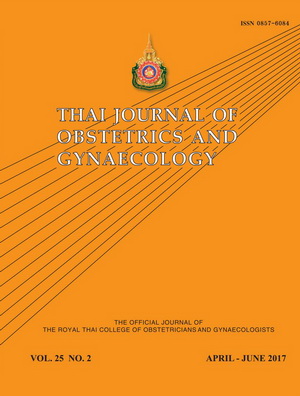Implications of Adhesiolysis during Repeat Cesarean Section in Low Socioeconomic Countries: A pilot study
Main Article Content
Abstract
Objectives: Adhesions developed after cesarean sections (CS) vary according to the number of repeat section. Delivery times were reported to increase with increased number of CS.
Materials and Methods: This is a prospective cohort study done in Assiut Women Health Hospital from August 2012 to August 2015 to evaluate the implications of doing adhesiolysis at CS either before delivery of the fetus or after that on maternal morbidity during current CS and recurrence rate in next sections. Adhesiolysis during CS avoids the use of anti-adhesion substances which is costly and not available in our low-income society.
Results: Fifty patients were included in the study. The dominant type of adhesion was omental, bladder and uterine adhesions forming bands with the anterior abdominal wall. The uterovesical adhesion was present in all cases. No maternal morbidity occurred during adhesiolysis. Follow up of those patients were continued for 3 years. The percentage of adhesions in the next CS after this adhesiolysis was only 2 cases (4%) and both cases were omental adhesions.
Conclusion: The use of adhesiolysis in repeat CS adhesions with an ascending curve of experience is essential in our low socioeconomic countries and associated with no maternal or neonatal complications.


